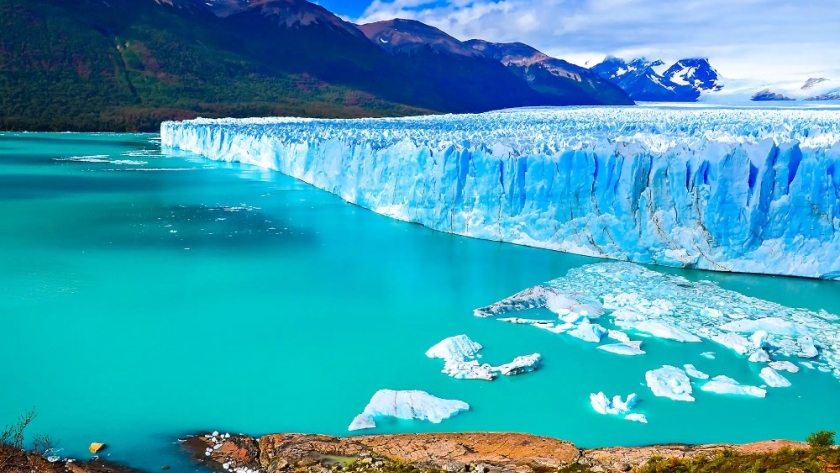
By Agroempresario.com
National parks play a crucial role in preserving the planet's biodiversity, protecting unique ecosystems, and providing opportunities for recreation and education. Here are ten of the most important national parks around the globe:
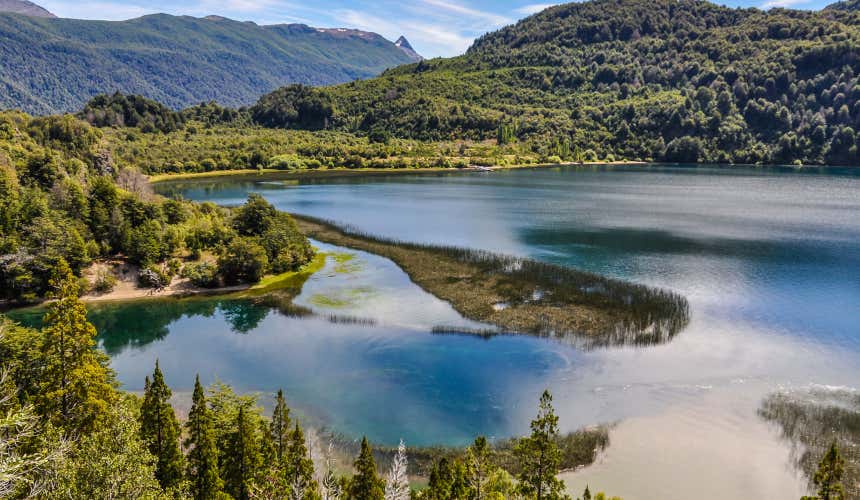
Yellowstone National Park in the United States, established in 1872 as the world's first national park, is renowned for its geothermal features, including the iconic Old Faithful geyser. The park’s diverse flora includes lodgepole pine and Douglas fir, while its fauna features bison, grizzly bears, wolves, elk, and bald eagles. Located primarily in Wyoming and extending into Montana and Idaho, Yellowstone is accessible via multiple entrances, with the nearest airports being in Bozeman, Montana, and Jackson Hole, Wyoming. The park is best visited between late spring and early fall to fully enjoy its natural beauty and wildlife.

In East Africa, Serengeti National Park in Tanzania stands out for its vast grasslands and the annual Great Migration of wildebeest and zebras. Acacia trees dot the landscape, providing shelter for lions, cheetahs, and African elephants. The park’s significance lies in this extraordinary migration, which is one of the most impressive wildlife spectacles on Earth. Located in northern Tanzania, near the border with Kenya, Serengeti is accessible via Kilimanjaro International Airport and local airstrips. Visiting during the migration periods, from June to July and January to February, offers the best chance to witness this natural phenomenon.
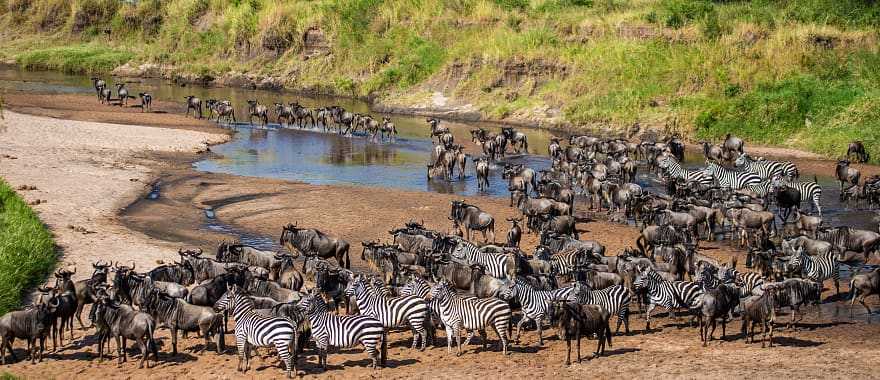
Banff National Park in Canada, the country’s first national park, is famed for its stunning mountain landscapes, turquoise lakes, and rich biodiversity. The park's flora includes coniferous forests and alpine meadows, while its fauna features grizzly bears, elk, mountain goats, and bighorn sheep. Located in Alberta within the Canadian Rockies, Banff is accessible via Calgary International Airport. The park is a year-round destination, with winter offering excellent skiing opportunities and summer providing ideal conditions for hiking and sightseeing.
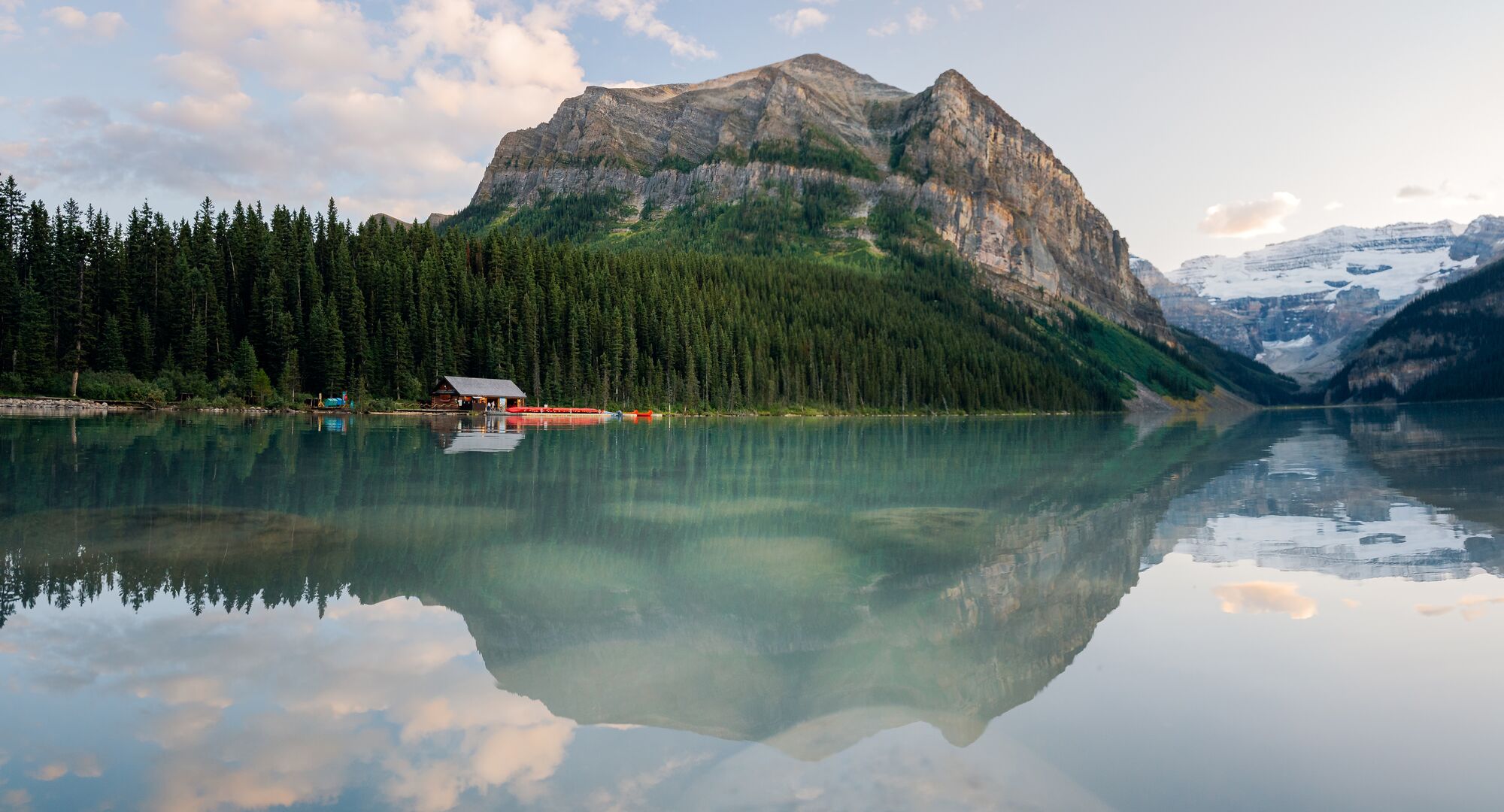
Kruger National Park in South Africa is one of Africa’s largest game reserves, playing a vital role in wildlife conservation. The park’s savanna and woodland landscapes are home to the Big Five: lions, leopards, rhinos, elephants, and buffalo. Located in northeastern South Africa, near the borders with Mozambique and Zimbabwe, Kruger is accessible via Johannesburg’s OR Tambo International Airport and regional airports. The best time to visit is during the dry season, from May to September, when wildlife is easier to spot.

Australia’s Great Barrier Reef Marine Park is the world’s largest coral reef system and a critical habitat for marine biodiversity. The park's vibrant coral reefs, seagrasses, and mangroves support species such as clownfish, sharks, sea turtles, and dolphins. Located off the coast of Queensland, the reef is accessible via Cairns and the Whitsunday Islands. Visiting from June to October is ideal, avoiding the stinger season and ensuring clear waters for diving and snorkeling.

In southern Chilean Patagonia, Torres del Paine National Park is renowned for its dramatic landscapes of mountains, glaciers, and lakes. The park’s Patagonian steppe and lenga beech forests provide habitat for guanacos, Andean condors, pumas, and flamingos. Torres del Paine is accessible via Punta Arenas Airport and Puerto Natales, and the best time to visit is from November to April, during the Patagonian summer.
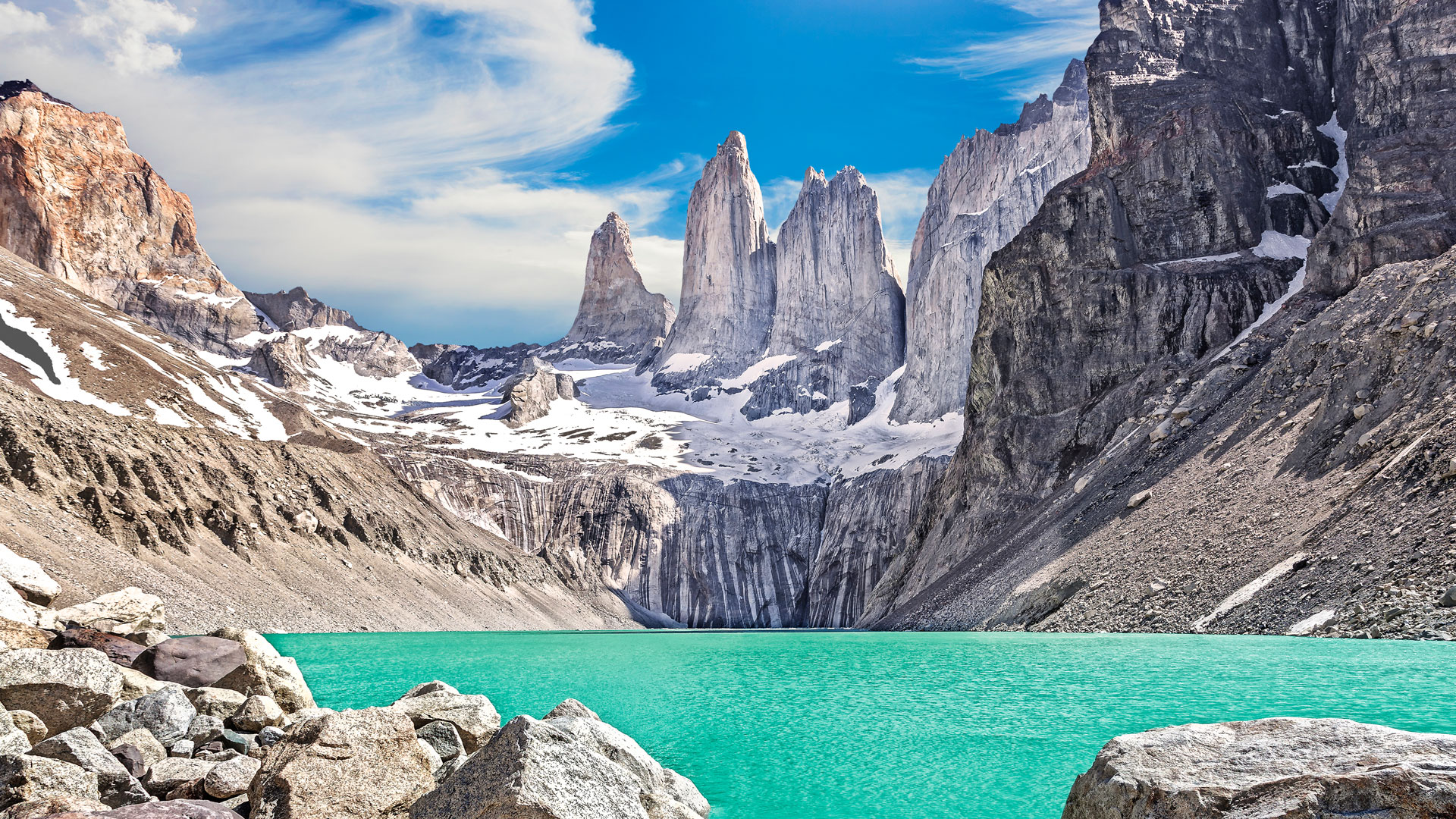
Galápagos National Park in Ecuador is famed for its unique biodiversity, which played a key role in Charles Darwin’s theory of evolution. The islands' cactus forests and mangroves are home to giant tortoises, marine iguanas, blue-footed boobies, and Galápagos penguins. Located off the coast of Ecuador, the park is accessible via flights from Quito or Guayaquil to Baltra or San Cristóbal Islands. The park can be visited year-round, with different wildlife experiences available each season.
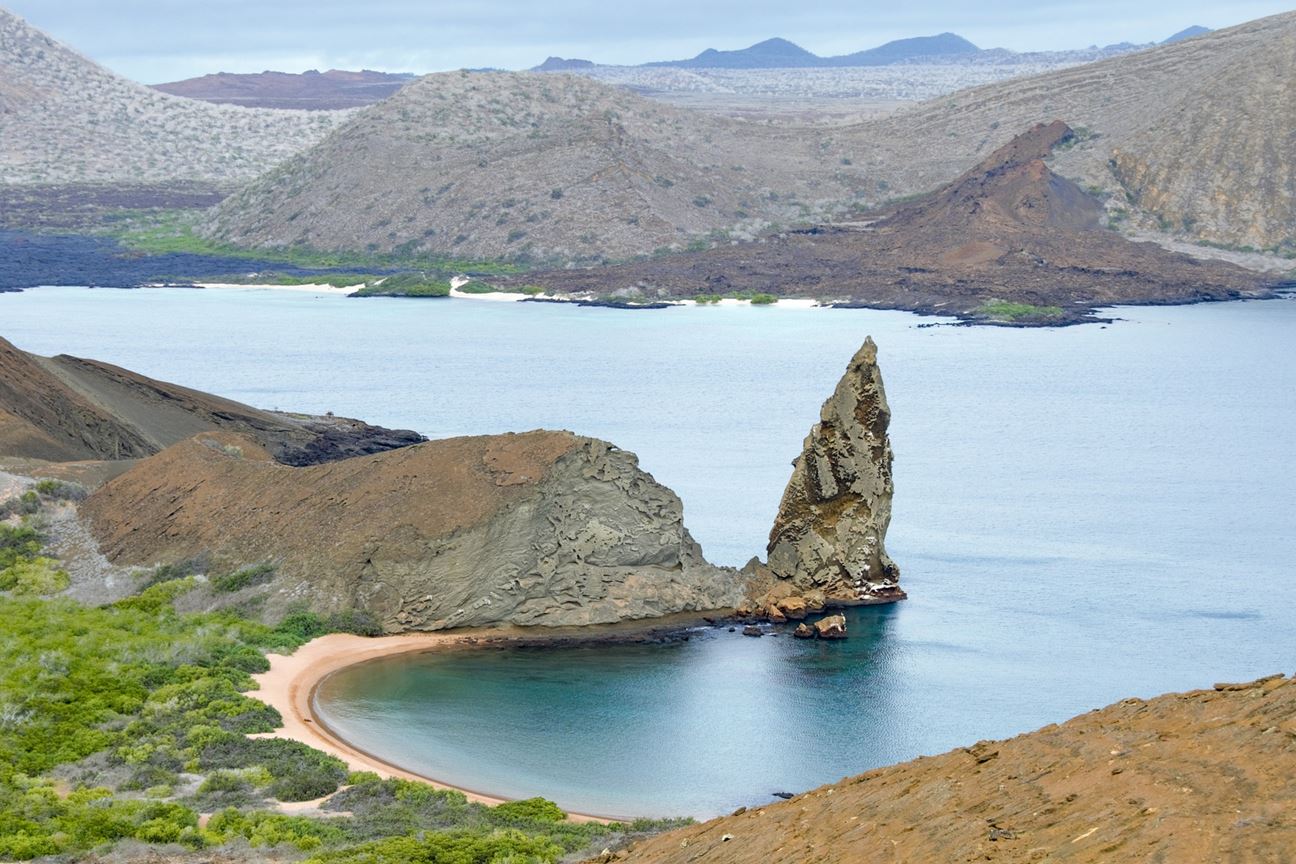
Nepal’s Chitwan National Park, a UNESCO World Heritage site, is crucial for the conservation of Bengal tigers and one-horned rhinoceroses. The park’s sal forests and grasslands also support sloth bears and gharials. Located in southern Nepal, near the Indian border, Chitwan is accessible via Kathmandu or Pokhara with local flights or overland travel. The best time to visit is from October to March, when the weather is cooler and drier.

Fiordland National Park in New Zealand is home to dramatic fjords, waterfalls, and rainforests. The park’s beech forests and alpine vegetation support Fiordland crested penguins, kea parrots, and marine mammals. Located in the southwestern corner of New Zealand’s South Island, Fiordland is accessible via Queenstown and Te Anau. It is a year-round destination, with summer (December to February) offering excellent hiking and winter showcasing snowy landscapes.

Lastly, Plitvice Lakes National Park in Croatia is known for its cascading lakes and waterfalls. The park’s mixed forests of beech, spruce, and fir provide habitat for brown bears, wolves, and diverse bird species. Located in central Croatia, near the border with Bosnia and Herzegovina, Plitvice is accessible via Zagreb or Zadar. The park is best visited from April to October for the best weather and scenery.
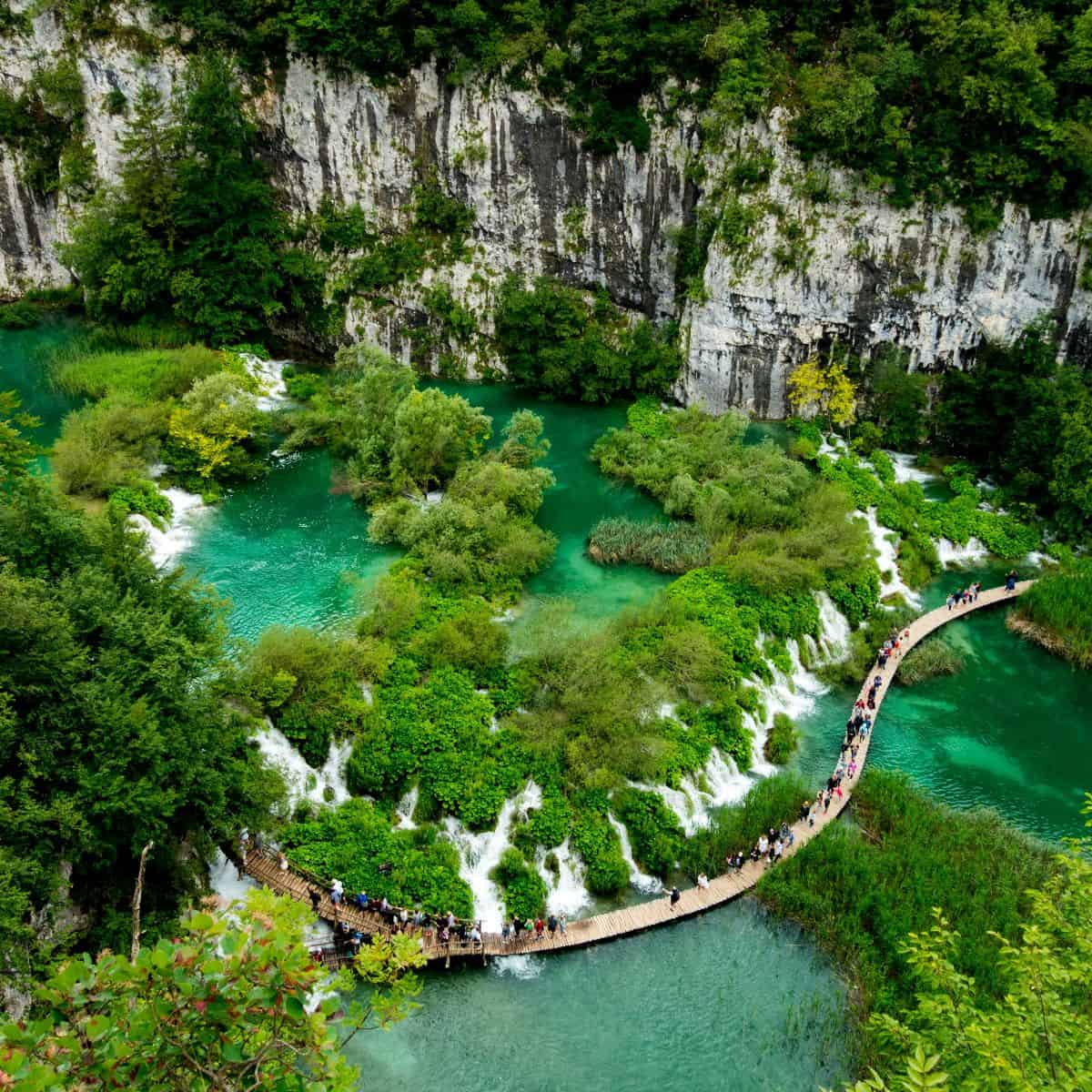
Visiting these national parks involves planning, including booking flights, accommodation, and sometimes guided tours in advance. Checking entry requirements, park regulations, and safety guidelines ensures a smooth and enjoyable visit, allowing travelers to fully appreciate these remarkable natural treasures.
